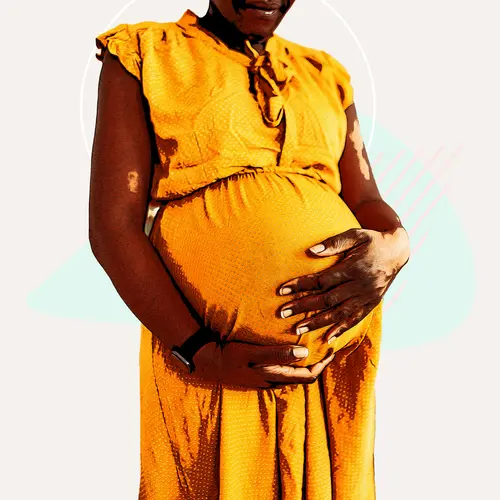Thumb-sucking, also known as non-nutritive sucking, is a normal reflex that begins before birth. Babies may suck on their thumbs, other fingers, their hands, or other objects such as pacifiers and blankets. It is soothing and relaxing for them, making them feel more secure. It is also one of the ways in which they begin to learn about the world.
How Sucking Benefits Babies
Babies suck on their fingers and other objects when feeling stressed. It helps them release tension and calm down when agitated. Over 70% of children between the ages of two and five show some kind of non-nutritive sucking habit, with the numbers dropping as children grow older.
Another benefit to thumb-sucking is to expose babies to everyday germs early in life. This has been found to help strengthen their immune systems and reduce common adult allergies as adults.
The Pros and Cons of Pacifiers
While some parents prefer giving their baby a pacifier, others believe using an object to calm a child is harmful, that pacifiers are unsanitary, and that pacifiers create problems with breast-feeding. But if used in place of thumb sucking, pacifiers are generally harmless and can satisfy a baby’s need to continue sucking after feeding.
Another reason to consider a pacifier is that it can also be taken away as the baby grows older, making the sucking habit easier to break than with thumbs or fingers.
Other advantages of pacifiers over thumb-sucking are:
- Pacifiers can be cleaned easily.
- The nipple is made of a soft material.
- Tension on the teeth is reduced
Pacifier Safety Factors
While pacifiers can be used safely, there are few tips to keep in mind:
- Use the pacifier after feeding, not before or between meals. Let the child decide.
- Use pacifiers made of firm, one-piece material that can be sterilized. The nipple should be soft and ventilated with small holes, and the shield should be wider than the baby’s mouth.
- Do not tie the pacifier around the baby’s neck or tie it to the crib or stroller. It could become a choking hazard.
- Make sure your baby is the only one putting the pacifier in its mouth.
- Do not dip the pacifier in honey or sweeten it any other way
Risks of Sucking on Thumbs
Most children stop sucking habits by the age of four before their secondary teeth come in. If the habit continues, several problems can occur: it can create calluses, infect the skin around the nail, or the nail can be deformed.
It also increases the risk of moving the front teeth out of alignment, causing a gap between the front top and bottom teeth. Depending on how long the thumb sucking continues, severe dental deformities may require surgery.
An anterior open bite can lead to other health and emotional problems, including:
- Posterior crossbite
- Spitting while talking
- Lisping
- Molar wear
- Embarrassment when talking or smiling
Preventing the Sucking Habit From Causing Harm
If thumb-sucking is one way your child gets attention, ignoring it may be enough to stop the behavior. However, if the habit goes on past the age of four, parents should try to help the child break the habit.
Start by explaining to the child in simple terms the reasons why, and provide positive support through praise and gentle reminders.
You can also set goals for your child, like not to suck just before bedtime. When the child stops, you can give the child extra praise and rewards. If you notice the child sucking when anxious, try to remove the source of the anxiety and give the child hugs, comforting words, and maybe a stuffed animal to hold.
Other Considerations
Your child’s first dental visit should occur around the time the first tooth emerges, around 12 months, followed afterward by regular visits. The dentist will examine the mouth’s soft tissues, palate, and any erupted teeth. If there is a problem, several treatments are available for thumb-sucking including parent/patient counseling, mouth appliances, or behavior modification.
If the dentist feels a mouth appliance is needed, there are several options including:
- A Vertical Cage: extended just behind the lower teeth to prevent the tongue from pushing. A ‘pearl’ may be added at the top of the palate to retrain the tongue.
- A Hay Rake: a thin wire soldered to bands on the first molars and a vertical rake is extended just behind the lower teeth. The rake can be made as long or wide as the clinician desires.
- A Palatal Bar: an appliance that maintains space. It consists of two metal bands attached to the upper first molars connected by a wire that runs along the top of your mouth. The purpose of this appliance is to prevent your upper molars from moving. The palatal bar is not removable.
- A Palatal Crib: metal rings that are placed behind the upper front teeth. They disrupt the comforting sensation a child receives from sucking their thumb. Once the palatal crib is inserted, a dentist may leave it there for several months, so a child may have to live with these kinds of devices for long periods

